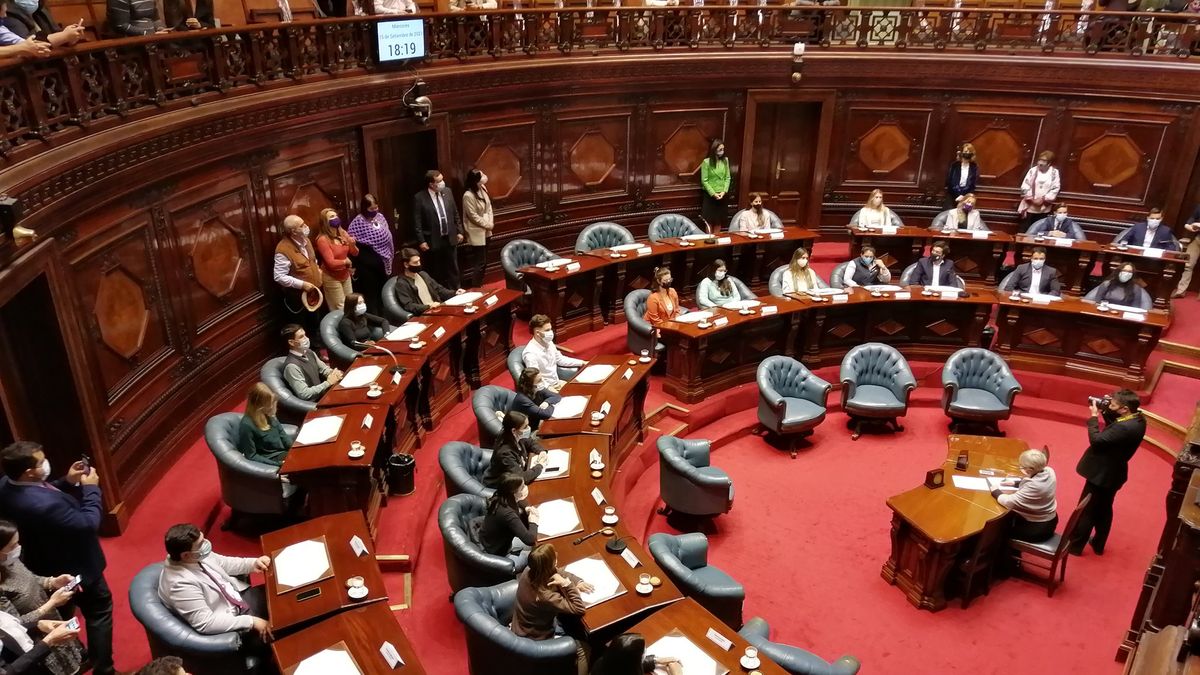With respect to the beginning of October, implicit rates fell from 111.3% to 89.2% in the contract to November, from 118.5% to 103.5% for December and from 121.2% to 108.2% for January, according to the values in force this Wednesday. Monthly, the fall in the short tranche averages 17% and for the long tranche the average drop is 11.2%.Andrés Reschini, analyst at F2 Financial Solutions, pointed out: “Implicit rates have been falling since the end of September when the the soybean incentive scheme and uncertainty reigned over what would happen next with the official exchange rate. Later, with the signals that the Central Bank was giving about its willingness not to abruptly accelerate the crawling peg or to make a discreet jump, the market was taking pressure off the implicit in futures”. Thus, he highlighted that from September 29 to today, the positions that remain listed fell an average of 1,564 basis points of TEA, from higher to lower from the closest to the most distant. The drop was 2,863 basis points on average for the first six positions, which indicates that “the market has significantly lowered the chances of a sharp devaluation for the coming months.” The same trend followed the open interest, which reflects the total number of contracts in the market. It fell to US$3,558 million, far from the maximum of US$9,678 million reached at the end of July, in full exchange rate tension. On this point, Reschini stressed: “Such a low level of open interest has not been seen since April 2022. Likewise, I estimate a Central Bank with a short at the end of October very close to US$1.6 billion, the lowest position sold since the end of March 2022”. In this way, the BCRA considerably reduced its exposure and moves away from the US$8 billion in contracts sold that it reached at the end of July, due to the strong demand for hedging instruments due to investors’ fears of devaluation. Likewise, by moving away from the limit that the monetary authority has to intervene in the futures markets according to the agreement with the IMF, it gains firepower in the event that exchange rate tensions regain strength in the coming months, given that the BCRA is the main seller in the futures market, and acts in it to calm expectations of devaluation in the face of sudden increases in the demand for coverage. The cap set by the Fund is US$9,000 million for 2022: US$5,000 million in Rofex and US$4,000 million in MAE. Faced with this change in trend, Emiliano Anselmi, head of macroeconomics at Portfolio Personal Inversiones, considered that “the market has less demand for coverage because it believes that the Central Bank is going to defend reserves with more stocks and avoid a discreet jump in the exchange rate. official”. For his part, Tomás Ruiz Palacios, fixed income strategist at Consultatio, pointed out: “The downward trend in the entire futures curve draws attention because the fundamental points in the foreign exchange market remain quite critical. In December, the commercial debt matures at 180 days, which began in June, for US$8,000 million, which in theory would be US$2,000 million more per month that would be added to what are the payments kicked in June. Likewise, 2023 is an election year, in which reserves are always lost and there are $5 trillion in maturities between sovereigns, corporates and provincials. The wheat campaign was 40% lower than that of 2021, which is US$2.5 billion less and the Central Bank is weak in the MULC.” Along these lines, he stressed that “futures prices probably reflect the latest measures on the import system, which blocks more than half of operations automatically, and the fact that companies can finance themselves with their own dollars”.
Source: Ambito
David William is a talented author who has made a name for himself in the world of writing. He is a professional author who writes on a wide range of topics, from general interest to opinion news. David is currently working as a writer at 24 hours worlds where he brings his unique perspective and in-depth research to his articles, making them both informative and engaging.




